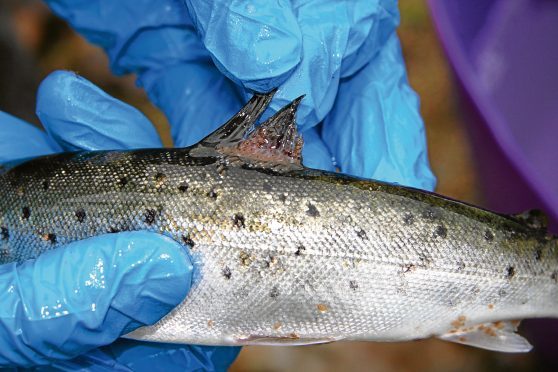Conservationists have hailed new research findings which they say confirms that sea-lice from salmon farms are causing “major damage”.
Salmon and Trout Conservation Scotland (S&TCS) said the “exhaustive” report it commissioned looked at all the available and up-to-date data.
The study – swiftly rubbished by the Scottish Salmon Producers’ Organisation (SSPO) – concluded “unambiguously” there is a “general and pervasive negative effect of salmon lice on salmonid populations in intensively farmed areas of Ireland, Norway and Scotland”, S&TCS added.
Norwegian scientists tasked with carrying out the research are internationally acknowledged for their expertise in sea-lice biology and the interactions between salmon farming and wild fish.
S&TCS director Andrew Graham-Stewart said: “For many years we have maintained that the Scottish Government’s position – that there is no evidence in Scotland that sea-lice from salmon farming damage wild salmon and sea trout populations – is untenable. This report substantiates our view.”
SSPO chief executive Scott Landsburgh said: “Scientific research has suggested that any impact of sea-lice from farms on wild populations is minimal.”
Meanwhile, salmon farmer Marine Harvest Scotland (MHS) said yesterday that Steve Bracken, industry pioneer and MHS business support manager, was retiring from the business after 41 years.
